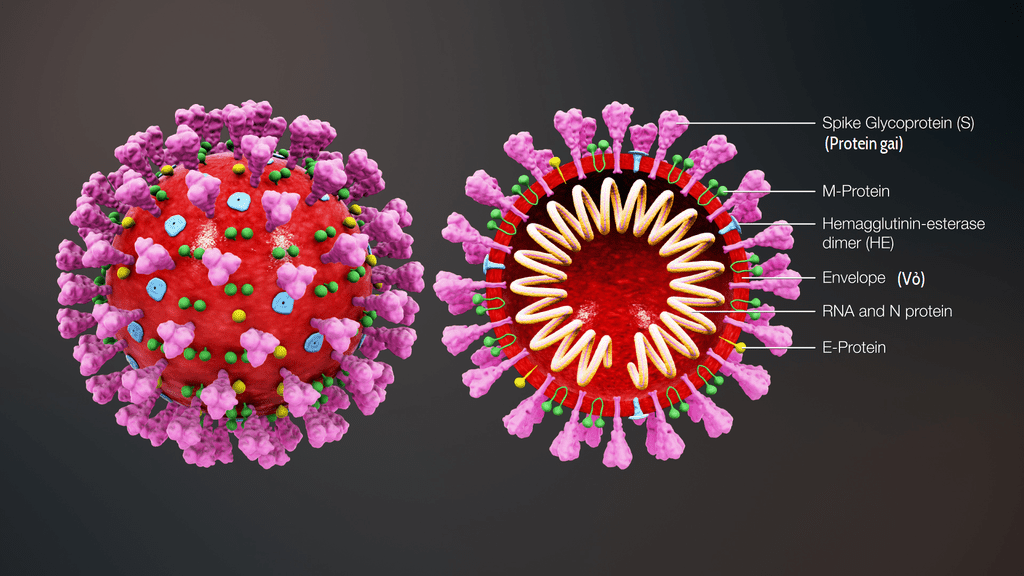
It’s hard to imagine anything artistic about the novel coronavirus that has so far killed tens of thousands around the world and is keeping many others self-quarantining at home. But some believe music is in everything, including viruses.
Researchers from the Massachusetts Institute of Technology (MIT) turned the amino acid sequence and structure of the spike protein of the pathogen of COVID-19 into a musical score.
Representing data with sound is a technique called sonification. Though the idea may seem alien, complex, esoteric even, the process is pretty straightforward.
Perhaps the most popular example of sonification is the well-known Geiger counter. The concept of a Geiger counter is simple— as levels of radiation increase, so does the rate of clicking. Sonification also is applied to more complex data sets, like earthquakes, solar radiation, and even simulated particle collisions.
In the case of SARS-CoV-2, each amino acid was converted to a unique note in a musical scale, converting the entire protein spike into a musical composition, brought to life by bells, strings, and flutes. And if you were wondering what that eerie string instrument is, that would be a Japanese koto.
“While we cannot see small nanoscopic objects like proteins or other molecules that make up virtually all living matter including our cells, tissues, as well as pathogens such as viruses, our computational algorithm allows us to make its material manifestation audible. This piece is a musical representation of the amino acid sequence and structure of the spike protein of the pathogen of COVID-19, 2019-nCoV,” Markus Buehler, professor of engineering at MIT, wrote on soundcloud.
According to the authors, this isn’t just some art project.
The coronavirus is named after the crownlike spikes that protrude from its surface. It is through these spikes that the virus injects genetic material into host cells in order to replicate.
Researchers hope that this new format of seeing or hearing viral proteins might help scientists find sites where antibodies or drugs might be able to bind to the coronavirus spike.
Some might find this approach more intuitive than other conventional methods of studying proteins, such as molecular modeling. For instance, the sonic sequence of the coronavirus spike protein could be run through a database of other sonified proteins in order to find common backdoors that could be turned into a drug or vaccine.


